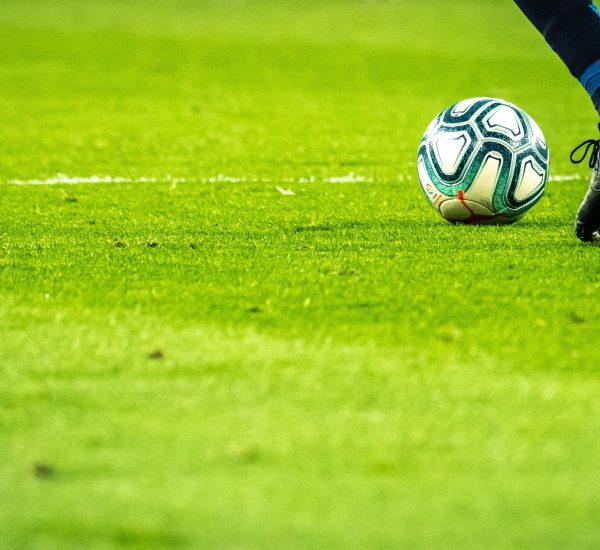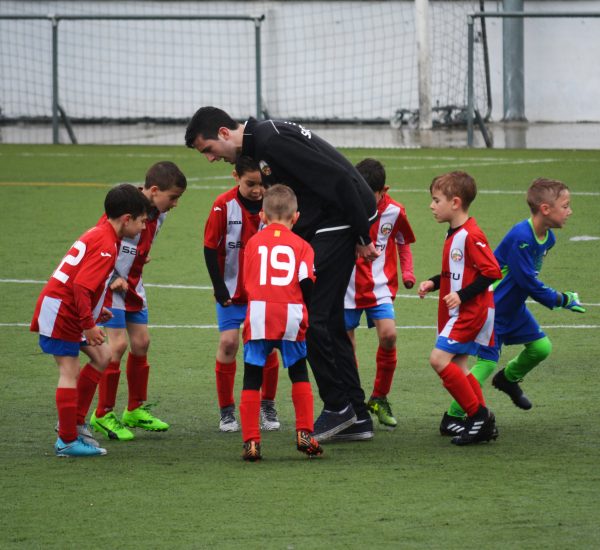Mastering First Touch in Soccer: Whether you’re a beginner or a seasoned player, the importance of first touch in soccer cannot be overstated. It forms the cornerstone of good ball control, precision in passing, and overall efficiency in the game.
As such, understanding and improving your first touch in soccer can be a game-changer. While numerous resources offer insights on the concept, this article aims to provide a more comprehensive understanding, beyond what you would find in articles like the one on Your Soccer Home.
What is First Touch in Soccer?
The term “first touch” refers to a player’s initial contact with the ball after receiving it from another player, the opposition, or a loose ball scenario. This initial contact is critical, as it determines what the player can do next, be it a pass, a shot, a cross, or a dribble.
Why is First Touch Important?
- Control: A good first touch allows you to control the ball quickly, putting you in a position to make your next move. This can be essential in tight spaces or under high pressure from the opposition.
- Speed of Play: In fast-paced games, having a good first touch means you can move the ball on more quickly, thereby increasing the speed of play and possibly catching the opposition off guard.
- Creating Opportunities: A well-controlled first touch can create opportunities for goal-scoring, as it allows you to position the ball ideally for a subsequent shot or pass.
- Confidence: Good ball control can boost a player’s confidence, allowing them to take more risks and make more daring plays.
How to Improve Your First Touch
Practice with a Purpose: Improving your first touch is not about mindlessly kicking a ball against a wall. It requires deliberate, focused practice. This can mean spending hours passing the ball to a partner or wall, trying to control it with one touch, and varying the part of your foot you use.
Master the Basics: Start by perfecting control with the inside of your foot, which provides a large and stable surface for receiving the ball. Once you’re comfortable with that, start practicing with other parts of your foot, like the outside, the laces, and even your chest and thighs for airborne balls.
Use Both Feet: Don’t neglect your weaker foot. As you become more comfortable with your dominant foot, start incorporating your weaker foot as well.
Vary Your Practice: Vary the power, angle, and height at which the ball is delivered to you. This will help you be prepared for all types of game situations.
Small-Sided Games: Small-sided games are an excellent tool for practicing your first touch under pressure. With fewer players on each side, each player gets more touches on the ball, increasing the opportunities for practicing control under pressure.
Advanced Concepts and Drills for First Touch
- Directional First Touch: This involves controlling the ball in the direction you want to move next, instead of just stopping the ball at your feet. It can help you evade defenders and open up spaces for your next move.
- First Touch under Pressure: Practice receiving and controlling the ball under pressure from a defender. This not only improves your first touch but also helps you learn to protect the ball.
- One-Touch Passing: This drill is about passing the ball with your first touch. It helps improve your control and precision, and is particularly useful for fast-paced games.
- Juggling: Juggling can help improve your touch and control. Start with low juggles and increase the height as you get more comfortable.
Conclusion
The first touch in soccer is much more than just controlling the ball. It’s about setting up your next move, evading defenders, and maintaining the speed of play. While it may take hours of practice to master, the reward is worth the effort: better ball control, increased confidence, and more opportunities to score or create goals. Keep practicing, stay patient, and you’ll see the results on the pitch.


